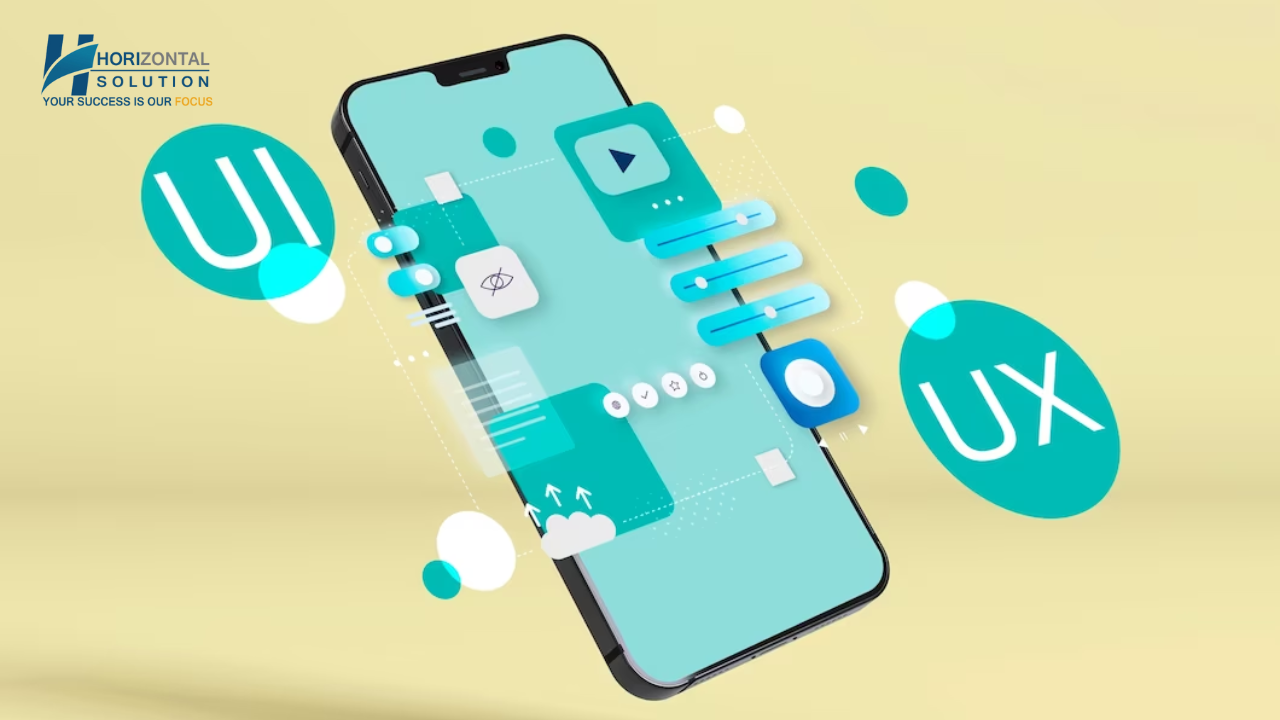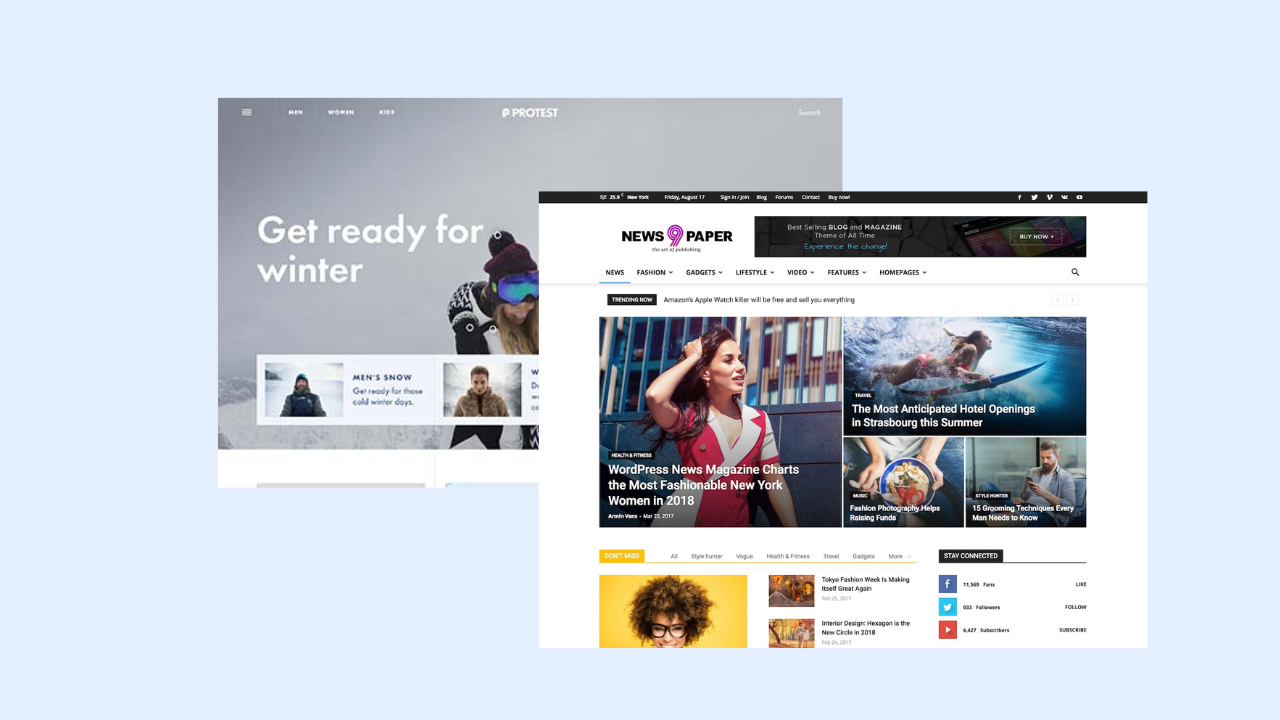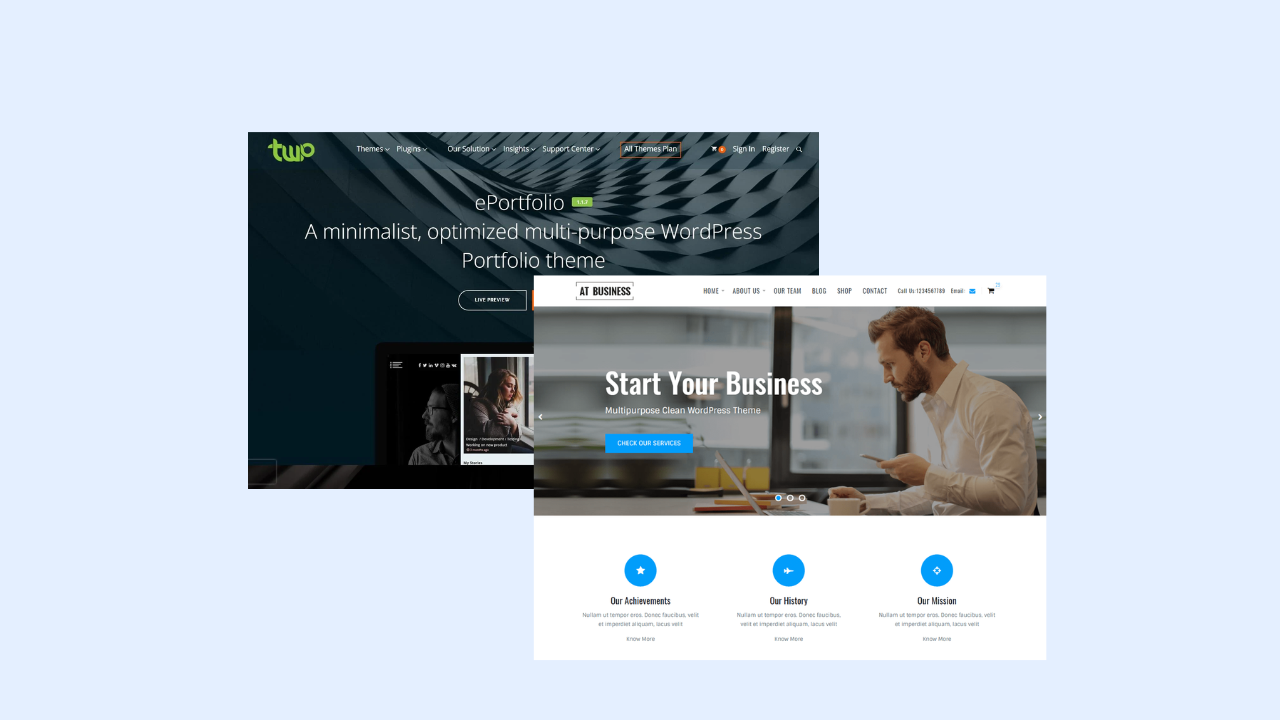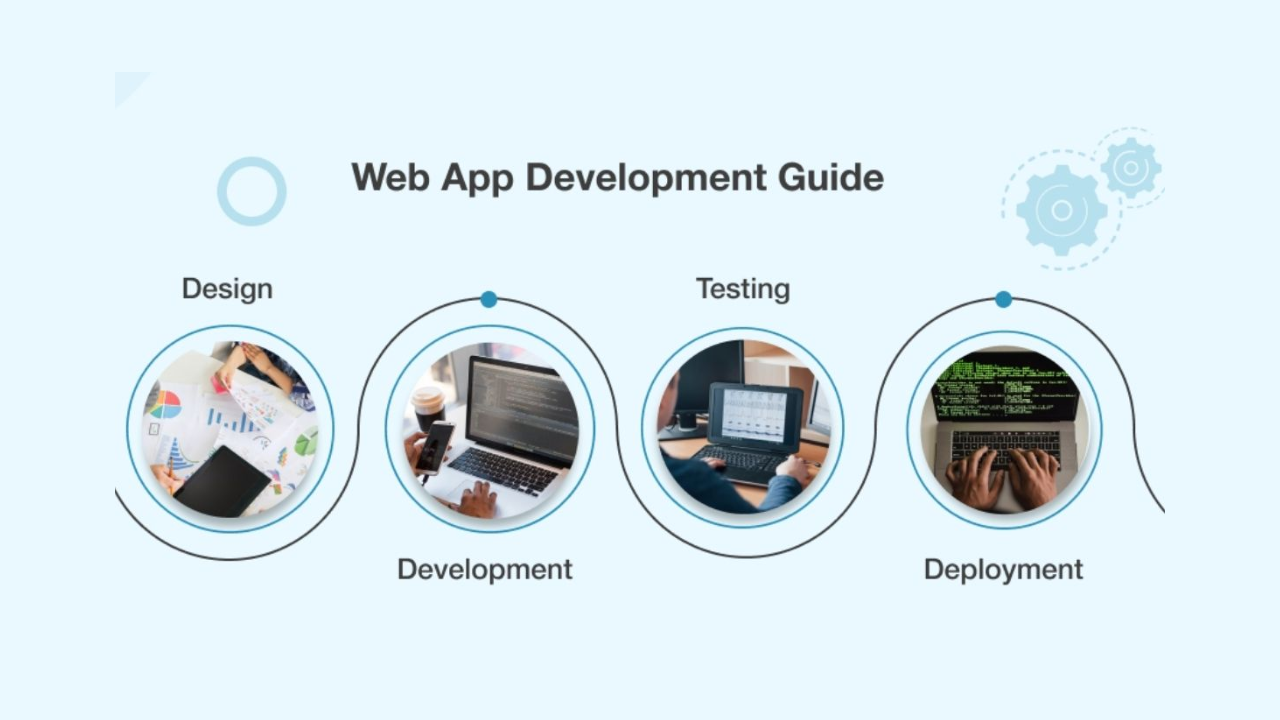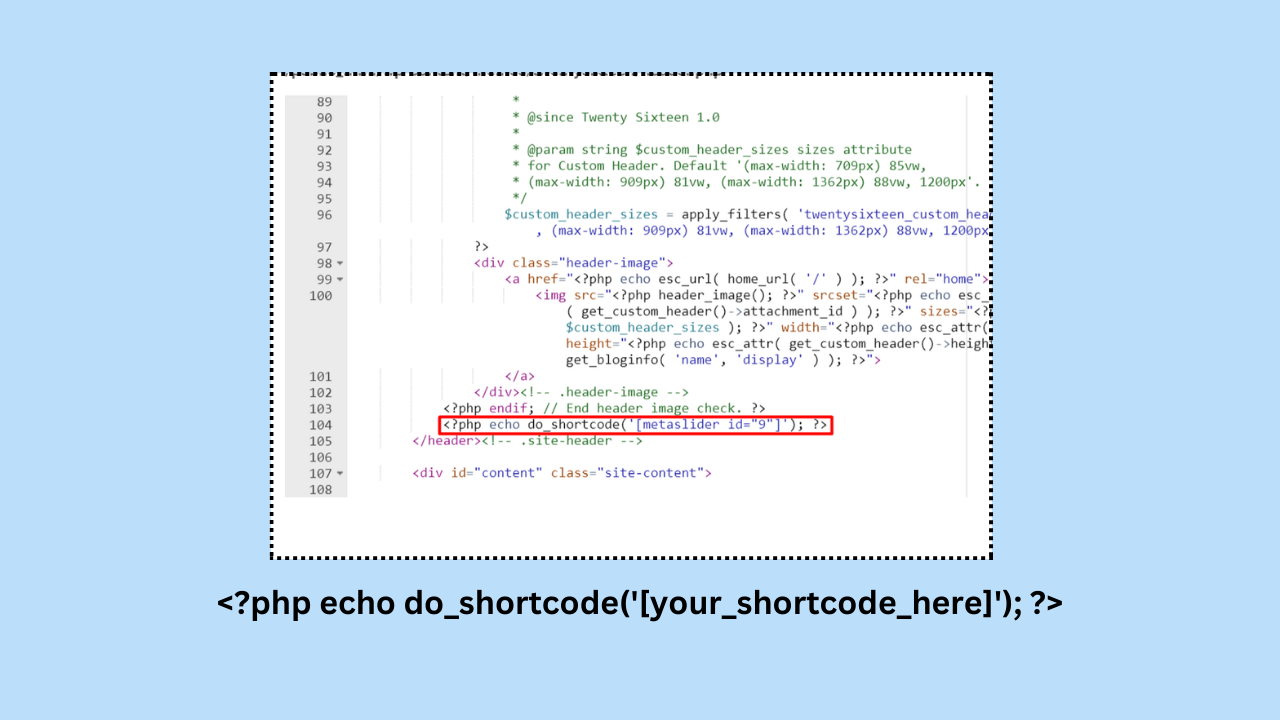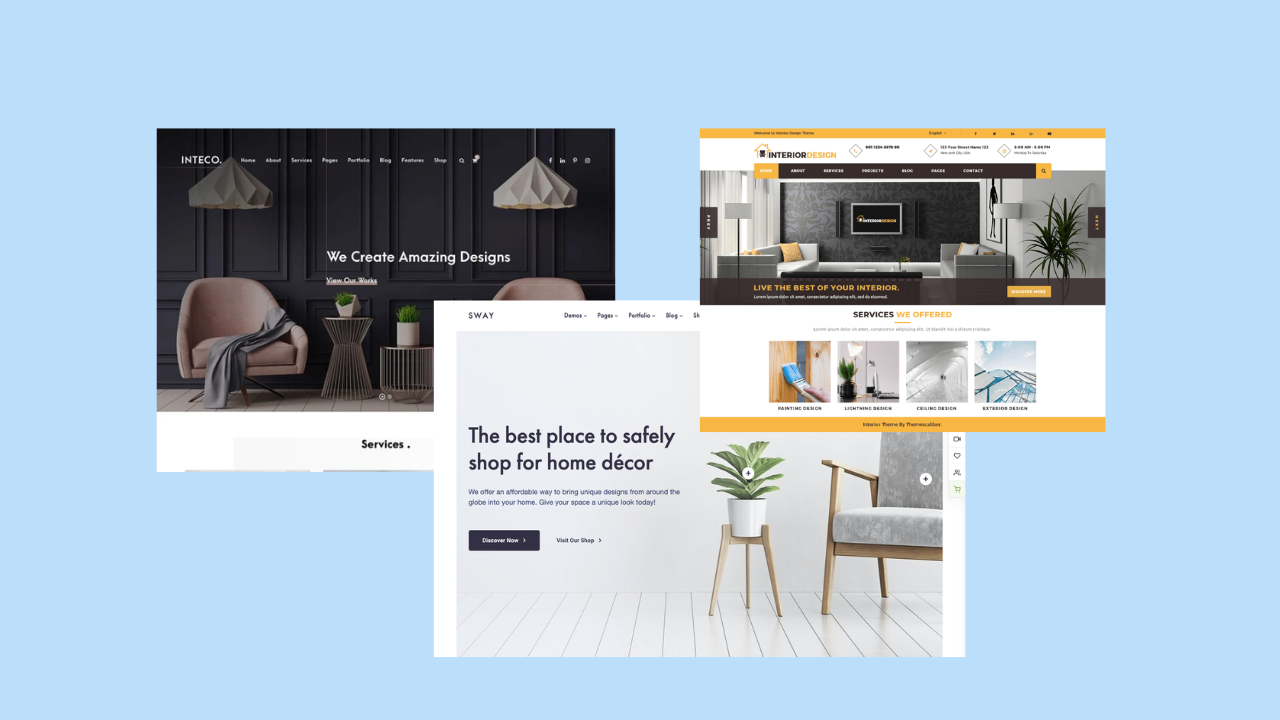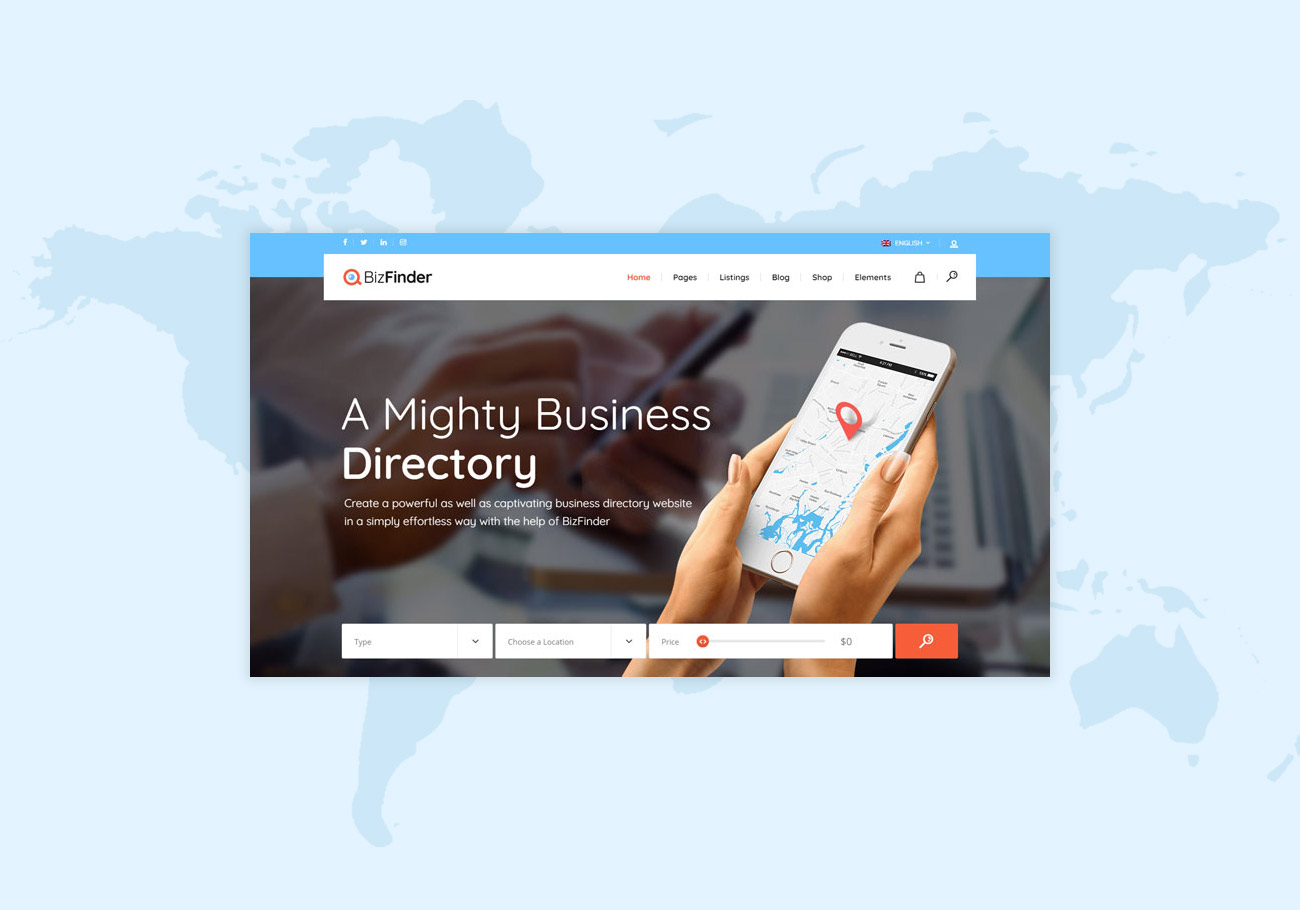User Experience (UX) design and SEO (Search Engine Optimization) are two critical aspects of a successful website. When used together, they can significantly improve your site’s performance and visibility. Here’s how to use UX design to boost your SEO:
- Mobile Optimization: Ensure your website is mobile-responsive. Google gives preference to mobile-friendly sites in its rankings. A good mobile experience not only pleases users but also helps with SEO.
- Page Speed: Fast-loading pages improve user experience and help with SEO. Optimize images, use browser caching, and leverage Content Delivery Networks (CDNs) to enhance page speed.
- User-Friendly Navigation: Design an intuitive and easy-to-navigate website. Clear navigation menus and a well-structured information architecture make it easier for both users and search engines to find content.
- High-Quality Content: Provide valuable and informative content that caters to user needs. High-quality content attracts and retains users and can improve your site’s ranking.
- Internal Linking: Create a logical internal linking structure. Link to relevant content within your site to guide users and search engine crawlers to related information.
- Optimize Images: Compress images and use descriptive file names and alt tags. Image optimization helps with page speed and enhances accessibility.
- HTTPS Security: Secure your website with HTTPS. Google ranks secure sites higher, and it’s essential for user data protection.
- Schema Markup: Implement schema markup to provide structured data to search engines. This can enhance how your content appears in search results, making it more appealing to users.
- User Engagement: Encourage user engagement with your content. Higher engagement metrics (like time on site, low bounce rates, and social shares) can positively influence your SEO rankings.
- Local SEO: If your business serves a local audience, focus on local SEO. Optimize your website for local search terms, create a Google My Business listing, and encourage customer reviews.
- Reduce Bounce Rate: Create compelling landing pages that keep visitors engaged and encourage them to explore more of your website. A lower bounce rate is a positive signal for SEO.
- Accessibility: Ensure your website is accessible to all users, including those with disabilities. This not only improves the user experience but can also help with SEO.
- Responsive Design: Use a responsive design that adapts to various screen sizes. Google prioritizes mobile-friendly websites, and responsive design can help you achieve that.
- User Intent: Create content that aligns with user intent. Understand what users are looking for and provide content that fulfills their needs.
- Site Structure: Keep your site well-organized with clear URLs and a logical site structure. This makes it easier for both users and search engines to navigate your site.
By focusing on both UX design and SEO, you can create a website that not only ranks well in search engines but also provides an excellent experience for your visitors. This combination can lead to higher user engagement, longer time spent on your site, and ultimately more conversions.




